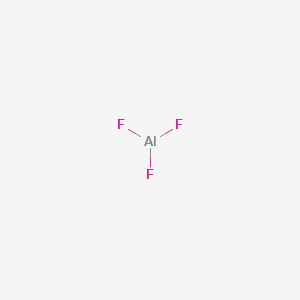Installation requirements 1, camera location requirements
For high-definition network surveillance cameras, the location of the device is directly related to the imaging effect of the device. Therefore, many users regard the monitoring effect as the primary reference for monitoring camera installation locations. However, they have overlooked a very important point: the surveillance camera is not a panacea, and it also has its own requirements for the choice of installation location.
First of all, in the installed position, in order to enable the camera to avoid the interference of the surrounding environment, to achieve a better camera and survival. When installing in the indoor environment, we must ensure that the height of the equipment is not less than 2, 5 meters as much as possible. In the outdoor environment, we also need to place the monitoring equipment at a height of more than 3 meters from the ground. Otherwise, whether it is from the camera self-protection, or equipment monitoring point of view, will have a lot of negative effects. Only after taking into account these most basic issues, the angle is what we consider.
2, camera wiring requirements
For high-definition network cameras, it is obviously more extensive than the traditional analog equipment. However, no matter what kind of transmission method is adopted, interference is one of the problems that we must pay attention to. Especially for wired transmission of video signals, the transmission of signal lines and high-power wires in the same direction is undoubtedly a taboo in the line-up process, and it is even more difficult to place the two in the same transmission line tube for the convenience of construction. Even if it is limited by the environment and it is impossible to separate the two, it is also necessary to ensure a separation distance of at least half a meter. Only such planning can better avoid the influence of strong magnetic interference on video transmission.
For devices using wireless signal transmission, there are fewer restrictions on the line. However, the camera must also avoid the strong magnetic interference sources around it. At the same time ensure that the camera and the ground insulation isolation. In addition, we must also pay attention to avoiding the impact and impediments to the work of the PTZ.
3 , high-performance terminals are indispensable
All along, the limitation of bandwidth is one of the important reasons why network monitoring is difficult to expand. It is precisely because of this factor that the network users have long been divided by two levels - strong use of self-built networks, and the lack of power users either can only tolerate slow transmission, or to find another way out. However, with the continuous improvement of compression technology, as well as the optimization of the network environment. The network monitoring environment is also getting better and better.
However, if you want to achieve better public network users to complete network monitoring, an advanced processing terminal is obviously indispensable. In terms of system performance, we should try our best to adopt the most advanced processing system such as linux or win7, and have advanced CPU, relatively large-capacity memory and graphics cards, etc., in order to allow our equipment to play a more comprehensive imaging effect. .
In addition, if there are other auxiliary alarm facilities in our system, pay attention to their compatibility with the system, pay attention to the stability of the equipment itself in the current environment, and we also need to focus on and debug when setting up the equipment.
4, installation of equipment accessories
In addition to some of the complete aspects mentioned above, some camera installation specifications for auxiliary equipment are also part of our construction that we must not overlook. For example, if the installation positions of the camera heads and racks are to meet the design requirements, the installation should be stable and firm and easy to operate and maintain. The distance between the back and side of the rack from the wall must meet the maintenance requirements; if necessary, we must install a protective cover or temperature control device on the camera. For links with complex lines, we should also indicate the usefulness and characteristics of each line for future maintenance and grooming.
Aluminum Fluoride Basic Information
CAS: 7784-18-1
MF: AlF3
MW: 83.98
EINECS: 232-051-1
Mol File: 7784-18-1.mol
Aluminum Fluoride Structure

Melting point 250°C
Boiling point 1291 °C
density 3.1 g/mL at 25 °C(lit.)
solubility Sparingly soluble in acids and alkalies. Insoluble in Acetone.
Color White to light gray
Application
[Use 1]
Used as a flux for non-ferrous metals, it can be used to make fluoride from other aluminum.
[Use 2]
Used as an electrolytic bath component in the production of aluminum to lower the melting point and increase the conductivity of the electrolyte.
A suppressant for fermentation when used to produce alcohol.
Used as a flux for outer glaze and enamel enamel of ceramics.
Used in welding fluids in metal welding.
Used to make optical lenses.
It is used as a catalyst for organic synthesis and as a raw material for synthesizing cryolite.
Aluminum Fluoride CAS No.7784-18-1
Aluminum Fluoride,Aluminum Fluoride Sds,Aluminum And Fluoride,Aluminum Fluoride Formula
ShanDong YingLang Chemical Co.,LTD , https://www.sdylhgtrade.com